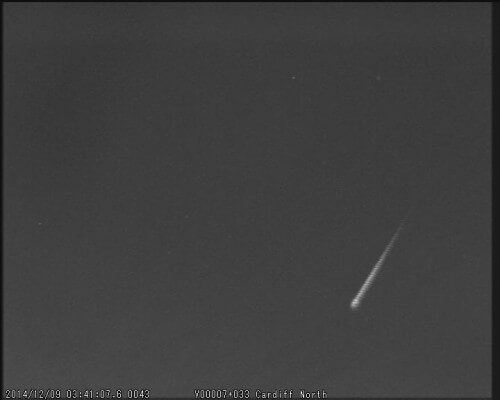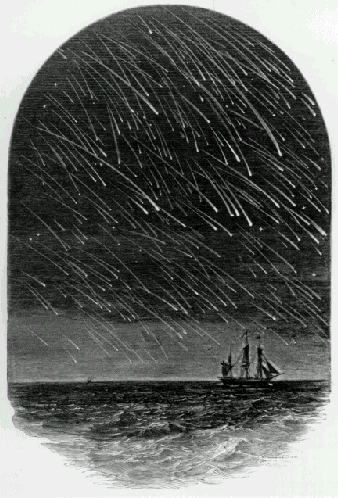In the coming days, the autumn meteor shower - the Leonids - will reach its peak. You should be in a dark place on November 18 about two hours before sunrise, as close as possible to the peak of the rain

Those who remember the Leonid night of 1998, which really looked like rain, should not develop expectations for the Leonid shower of 2015, which is expected to reach its peak on November 18 at 04:00 GMT or 06:00 Israel time.
The reason - every 33 years the comet Temple-Title passes by the Earth and the dust from its tail falls into the atmosphere and burns up there in a beautiful display that we call a meteor.
We are therefore exactly in the middle between two record years - when in 2031-32 another record is expected that can reach thousands of meteors per hour. However, there will be at least one compensation - the moon will not interfere, being in its first quarter and setting early.

As mentioned, the Leonids are the dusty remnants left near the Earth's orbit by the periodic comet 55P Temple-Tuttle that passes once every 33 years through the inner solar system. The Leonids are fast and strike the Earth almost head-on towards dawn. The Leo system rises in mid-November at 23:00 local time and peaks at 06:00 local time.
Due to the materials they are made of, the heloids are bluish in color and hit the Earth at a speed of over 70 kilometers per second, which is about the fastest theoretically possible.
The Leonid meter is mentioned in historical sources of Arab astronomers in 902 AD - "the year of the stars". In 1833, a storm of meteors caused panic among the residents of the east coast of the USA. This spectacle inspired the astronomer Dennison Olmsted who was a pioneer of meteor researchers but also led to religious revival movements that emerged in the USA after the celestial show.
The last apocalyptic eruption was in 1966, when observers in the western United States witnessed rates of 144 meteors per hour, a phenomenon that inspired the "speed of light" effect in the Star Trek series. Earth slammed right into a dense Leonid shower.
The meteor of 1998 may not have been as dense as that of 1966, but it was spectacular enough, as we saw it together with members of the Astronomical Society in the Great Crater area if my memory serves me correctly. The rate of the meteors was reasonable throughout the night, and suddenly around 04:00 it was as if the chimneys of the sky opened and a shower of meteors fell from all sides for about ten minutes.
Interesting fact: the difference between August's Perseid meter and November's Leonids results in the Moon being roughly in the same phase, so if it doesn't interfere with one meter, it won't interfere with the other either.
1999 - a year after the record, NASA sends two observation planes to Israel to monitor the Leonids
